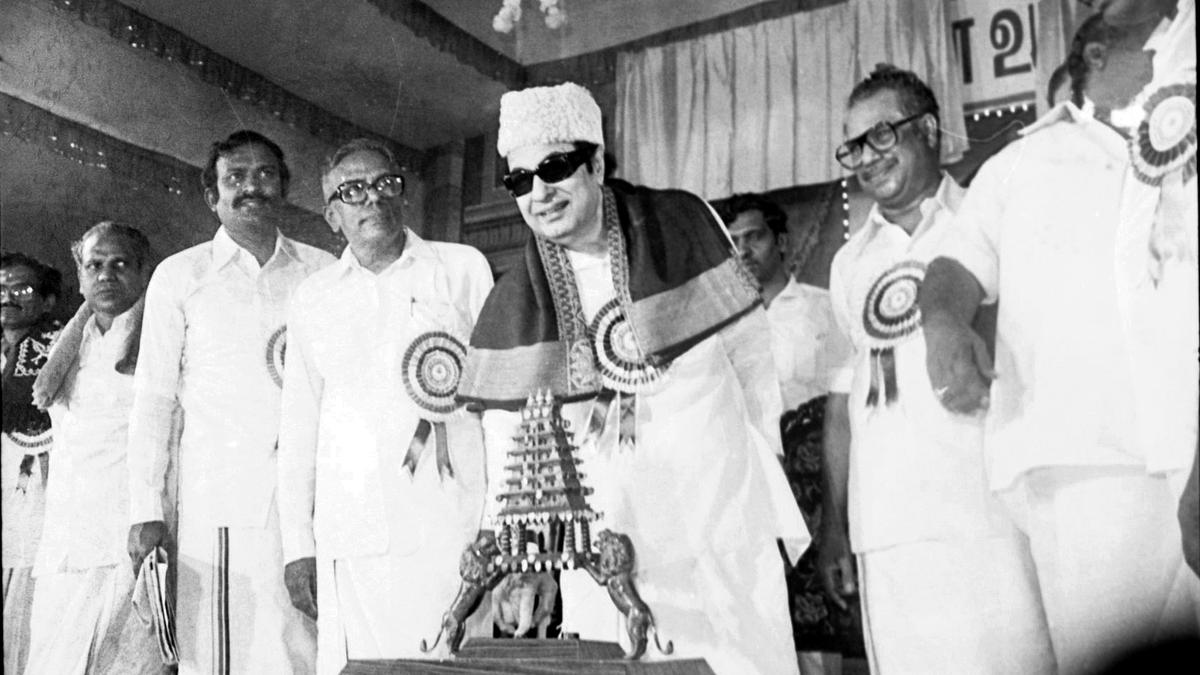Tamil Nadu InFocus
The Arignar Anna Zoological Park, popularly known as Vandalur Zoo, is one of the largest and most prominent zoological parks in South and Southeast Asia. Spread across 1,490 acres and home to more than 2,300 animals of 172 species, it plays an important role in wildlife conservation, education, and public engagement. This wildlife refuge on the outskirts of Chennai has a story that dates back to the 19th Century.
The origins of the zoo can be traced back to 1855, when Edward Balfour, Director of the Government Central Museum in Madras, proposed a collection of live animals for public display. Inspired by the educational value of the newly established museum, Balfour envisioned a space that could inform and entertain members of the public.
Nawab’s private collection
With the support of the Nawab of the Carnatic, who donated his private collection of animals, the zoo started with more than 300 animals in its first year. Initially, this small menagerie was located on the museum premises in Egmore and functioned as an extension of the museum, according to an article published in The Hindu on October 31, 1955. Though modest when compared with the London Zoo, which was established in 1822, it was a significant step for the region.
As the number of animals grew, the museum became impractical. Residents nearby began complaining about the noise, and concerns were raised over hygiene and safety. In 1861, the Madras government decided to relocate the animals to the People’s Park near the Chennai Central Railway Station. The zoo came under the management of the Madras Corporation five years later, and it remained there for over a century. By the 1970s, however, the urban zoo was struggling. Limited space and the increasing pollution from nearby industries and infrastructure meant animals needed a more suitable environment.
In the early 1970s, the Tamil Nadu government began searching for a new site. It considered several areas, including Guindy, Pallikaranai, and Nanmangalam. Eventually, it chose the Vandalur Reserve Forest, based on the recommendation of a committee headed by Reuben David, a renowned zoo expert from Ahmedabad. The site’s natural landscape of hills and scrub forests was considered ideal for an open-range zoo.
An article published in The Hindu on September 30, 1973, said a decision was taken by the Tamil Nadu Cabinet to shift the zoo to Vandalur. “The Chief Minister, M. Karunanidhi, said work connected with the setting up of the zoo at the new place, estimated to cost ₹2.5 to ₹3 crores, would be started soon,” it said.
In 1979, the AIADMK government approved the new zoo project at a cost of ₹3 crore, with Phase I budgeted at ₹1.05 crore. Plans were made to acquire additional land, bringing the total area to over 814 acres. Water supply, a major concern, was addressed by sourcing from nearby municipalities and local wells.
Transit enclosures opened
To prepare for the relocation, transit enclosures were constructed along the Vandalur-Kelambakkam Road, and a fodder bank was established. The zoo’s design was based on international best practices. In 1981, Director S. Subbarayalu Naidu and Deputy Director N. Ramesan visited the U.K. and Europe to study modern zoo layouts. Architect Raja Singh created the master plan, and construction was done by the Tamil Nadu Construction Corporation.
By 1982, the first enclosures were ready, and animals began arriving from the old Corporation Zoo. In total, 155 animals, including sambars, macaws, hippos, and zebras, were carefully moved to their new home. Roads and pathways were laid, and a thoughtful ‘prey-predator’ theme was introduced with the natural terrain of the Chinna Kunnumalai hillock, a design in which visitors could view the enclosures while walking along a circular path. Water supply from the Palar through the Alandur municipality finally began flowing into the park in July 1984 to support the zoo’s infrastructure.
On July 24, 1985, the new zoo was inaugurated by Chief Minister M.G. Ramachandran and named after his political mentor C.N. Annadurai. The entrance, designed a year later by noted film art director P. Angamuthu, resembled a rocky mountain with a waterfall and cave entrance, complete with ambient jungle sounds, to add an immersive touch for visitors. In 2001, the Arignar Anna Zoological Park expanded its mission by establishing a rescue and rehabilitation centre for abandoned or confiscated wild animals. With an additional 92.45 hectares of land acquired, the zoo grew to over 600 hectares, strengthening its role as a sanctuary for wildlife in need.
Well-equipped veterinary centre
More recently, efforts were made to restore the Otteri Lake within the park. Executed as part of the Tamil Nadu Wetlands Mission, this project enhanced the lake’s water-holding capacity, improved the habitat for both resident and migratory birds, and benefited the surrounding ecosystem, with increased biodiversity among the local flora and fauna. Now, the zoo has a dedicated rescue and rehabilitation centre where wild animals that are injured or in distress are brought from across the State for treatment because the veterinary centre is equipped with advanced facilities.
Published – April 22, 2025 10:39 pm IST
